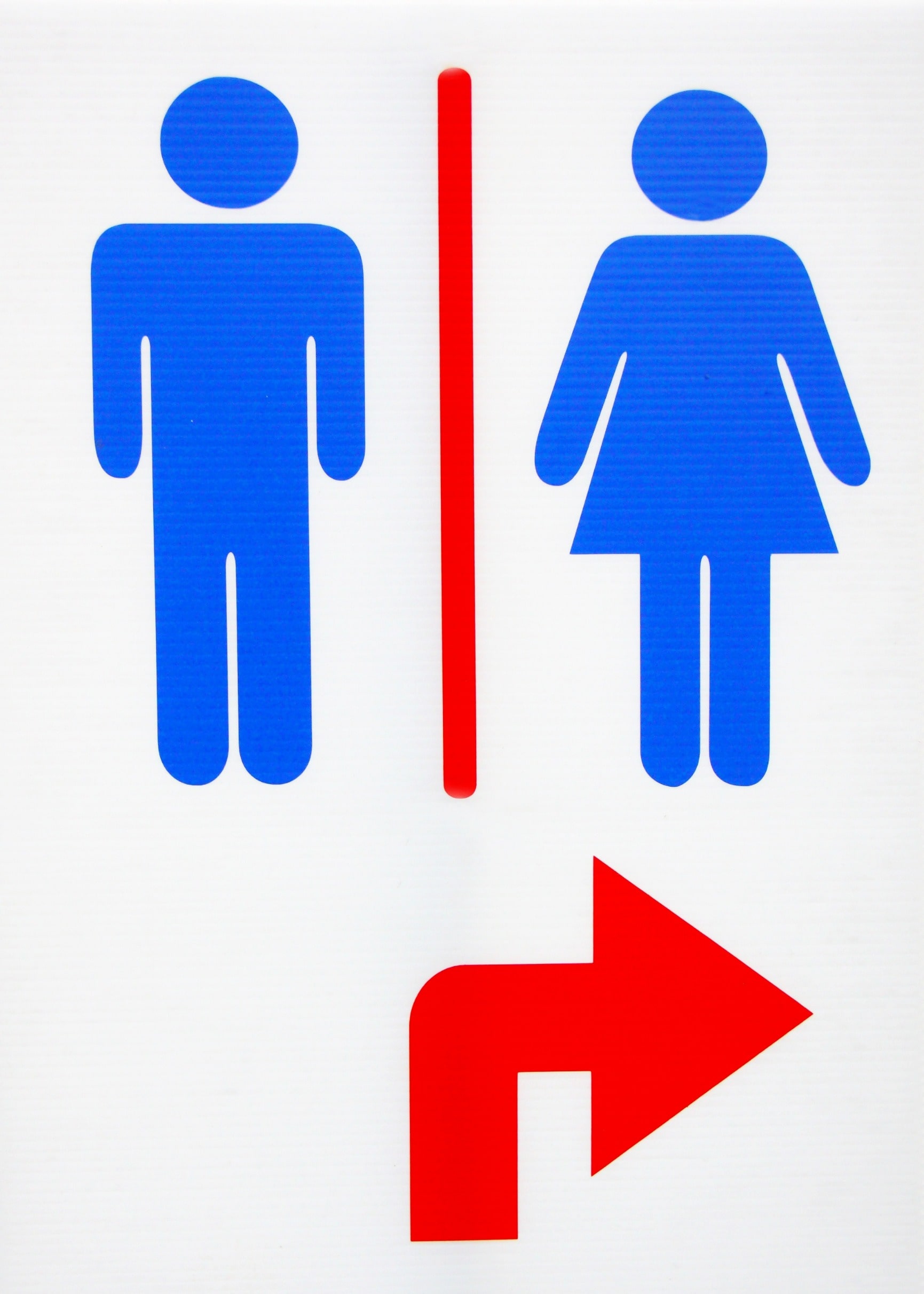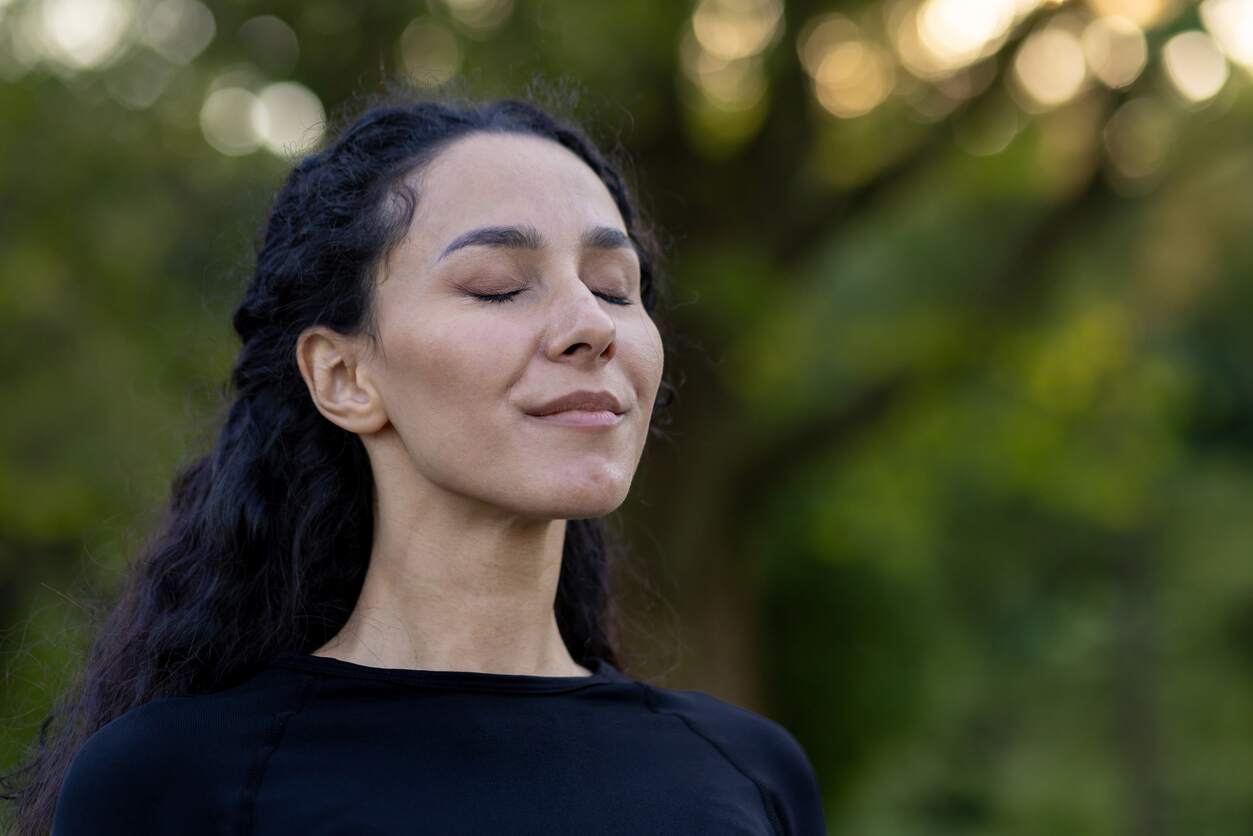Updated: January 23, 2024
What Is Paruresis?
Paruresis, also known as “shy bladder syndrome,” is the fear of urinating in public or in the perceived presence of others. If you suffer from paruresis, you may experience extreme anxiety and unease when using a public restroom. The problem occurs when you are unable to urinate in privacy. This can happen at a multi-stall bathroom or at a urinal next to other urinals. It can even happen in a private restroom that you fear isn’t secluded enough.
Paruresis is a form of social anxiety. You might wonder why that is the case. It’s because the scariest part for those with shy bladder syndrome isn’t the act of urinating itself. Rather, it’s the fear of negative judgment from others. In that way, the condition is no different from other types of social anxiety.
How Does Paruresis Affect People?
If you have paruresis, you may avoid situations where you might need to urinate in public or semi-public settings. Examples include public restrooms, drug tests, crowded events, or even in your own home when in the presence of others. The fear and avoidance of these situations can cause significant distress, embarrassment, and anxiety. It can lead to avoidance of a wide range of social gatherings or activities.
For example, paruresis can cause you to limit your fluid intake when away from home, limit traveling, turn down invitations, and avoid sporting events or parties. Dating is often a significant struggle. Job prospects can be seriously limited if you’re unable to urinate during random drug testing.
In short, paruresis can seriously affect your day-to-day life and can be a source of shame and isolation. Without treatment and support, paruresis can cause you to struggle to participate fully in your personal and professional life.
Can Cognitive-Behavioral Therapy Help?
As mentioned above, paruresis is a form of social anxiety. Therefore, it can be addressed with the same treatments that work for social anxiety disorder. One major such treatment is cognitive-behavioral therapy (CBT).
Is CBT effective?
CBT is a proven treatment that is helpful for people with a wide range of anxiety-related problems. Multiple case studies have shown that CBT was effective in reducing paruresis, with improvement lasting beyond the end of treatment. Additionally, a larger study of over 100 people across the U.S. who participated in a CBT-based treatment for paruresis showed significant improvement in symptoms. The positive changes remained even one year after the end of treatment.
What does CBT for paruresis involve?
CBT for paruresis typically involves two components. One is changing the way you think about urinating in proximity to others. The other involves gradually becoming more comfortable with situations that you have been avoiding. This latter component is called “exposure.” In tandem, these two approaches can help you learn to manage your anxiety and build confidence in your ability to urinate in public situations.
Changing Your Negative Thought Processes
How does CBT help you change the way you think about urinating in proximity to others? That’s the “cognitive” part of CBT. The first step involves identifying unhelpful thought patterns you may have on the topic. For example, you may think, There is something weird about the way my pee sounds and people will think it’s weird. Or, there’s no way I’ll ever be able to urinate with anyone nearby. The situation is hopeless. A CBT therapist will then help you examine these beliefs. You may find that they don’t stand up to scrutiny. CBT can help you re-examine these beliefs and patterns of self-talk. It can also teach you new ways of thinking that are more helpful and more conducive to being able to go when you need to.
Exposure
The “behavioral” part of CBT for paruresis involves changing what you do around public bathrooms. This is a process called “exposure” or “exposure therapy.” Exposure therapy involves gradually putting yourself in relevant anxiety-provoking situations. Why? The idea is that if you intentionally face the situations you fear, you can gradually learn to overcome your fears. With time and practice, you will become more comfortable with these situations. What does this entail? The CBT therapist will guide you through gradually and repetitively attempting to urinate in public restrooms or around other people. You’ll start with situations that feel doable, and later will move on to situations that are increasingly challenging.

Advantages of CBT over other treatment options
Other proposed treatment options for paruresis include support groups, medication, and using urinary catheters (small tubes that can be inserted into the bladder).
These other options each have their merits, especially in the short-term. CBT is provided by professionals who are trained to help with long-term recovery. CBT can also address other psychological problems that commonly co-exist with paruresis.
Support groups may not have that same advantage, and vary in their structure, atmosphere, and quality. Medication may be recommended by a prescriber to reduce accompanying anxiety or depression symptoms. However, many medications can have negative side effects. They can also cause people to become dependent on them to manage their symptoms. Similarly, catheters allow you to avoid urinating in public restrooms, which can help bring relief in the short-term. However, they can cause infections. They can also negatively affect efforts to recover in the long-term if they prevent you from learning how to address your unhelpful thought patterns and become more comfortable urinating in public settings.
Overall, many of these other treatment options have pros and cons, but ultimately are not effective substitutes for working toward long-term paruresis recovery via CBT.
How to Find Help for Paruresis
If you’re looking for a paruresis support group, try this directory from the International Paruresis Association.
The best way to find a CBT therapist who can treat paruresis is to look for one experienced in treating social anxiety. If you’re in New York, New Jersey, Vermont, Massachusetts or Florida, contact us today.
If you’re located elsewhere, two great resources for finding someone near you are the ABCT therapist directory and the ADAA therapist directory.
For further information, this 2017 scientific journal article may be useful.









